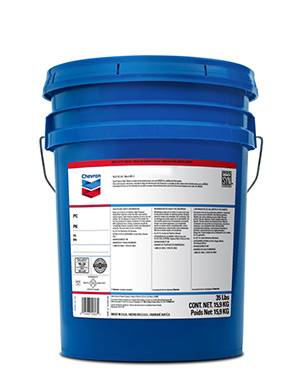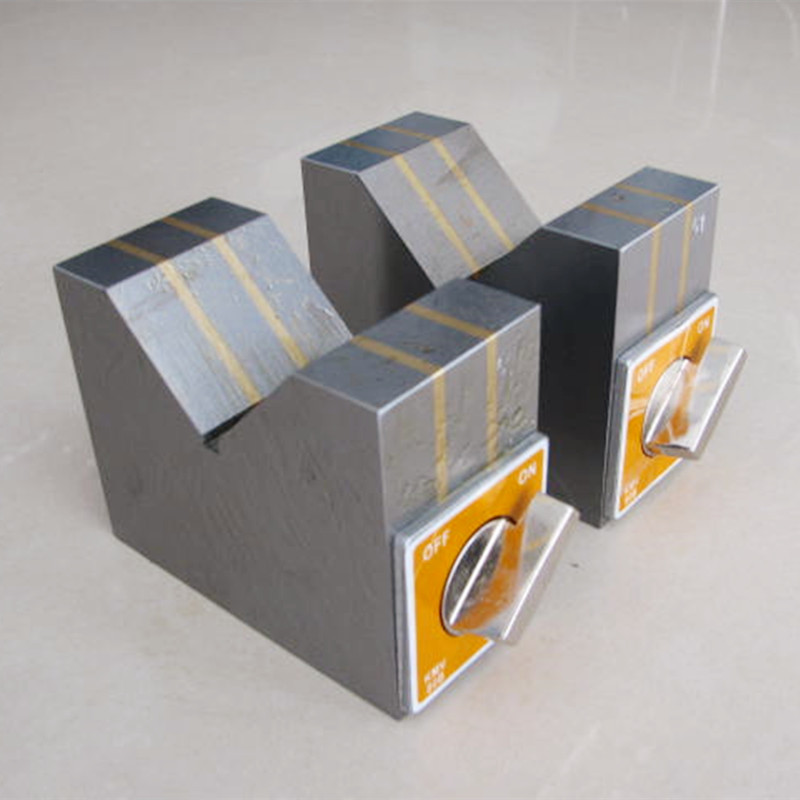2 月 . 13, 2025 20:49 Back to list
Ball Check Valve
Check valves play a crucial role in managing the flow of water in various systems, ensuring that it moves in a single direction without backflow. In water systems, selecting the right type of check valve can optimize performance, minimize maintenance, and extend system longevity. Below, we delve into the different types of check valves for water, highlighting their unique features and optimal applications.
Diaphragm Check Valves Perfect for Slurry and Wastewater Applications Diaphragm check valves feature a flexible diaphragm that opens in response to pressure and seals when backpressure occurs. These valves excel in applications involving slurry and wastewater, where particle-laden fluids are common. The absence of moving parts such as hinges or balls makes them particularly resilient against clogging, a significant advantage in maintaining steady operations without frequent maintenance interruptions. Their ability to handle corrosive fluids adds to their adaptability in various water management systems. Lift Check Valves Durability in High-Pressure Settings Lift check valves operate with a disc or piston that moves upward to allow flow and seals against a seat to prevent backflow. These valves are often selected for high-pressure applications, thanks to their robust construction and precise sealing capabilities. Used primarily in water treatment facilities and high-rise building plumbing systems, lift check valves ensure reliability and performance in conditions where water pressure fluctuations are frequent. The vertical flow path of lift check valves also makes them an excellent choice for dynamic systems where gravitational force can aid operation. Butterfly Check Valves Quick Response for Efficient Flow Control Butterfly check valves incorporate a disc mounted on a rotating shaft, opening and closing with the movement of water. These valves are known for their rapid response time, making them suitable for applications requiring quick shut-off capabilities. Their design allows them to handle large volumes of water with minimal pressure drop. Butterfly check valves are frequently used in high-capacity industrial water systems, offering durability and efficiency at a relatively low cost. In conclusion, the selection of a check valve should be tailored to the specific needs of the water system, considering factors such as flow rate, pressure, and fluid characteristics. Understanding the distinct advantages and applications of each type can significantly enhance system performance, reduce maintenance, and prolong equipment life. By choosing the right check valve, industries can ensure optimal function and reliability in their water management systems, reinforcing the importance of informed decision-making in infrastructure development.


Diaphragm Check Valves Perfect for Slurry and Wastewater Applications Diaphragm check valves feature a flexible diaphragm that opens in response to pressure and seals when backpressure occurs. These valves excel in applications involving slurry and wastewater, where particle-laden fluids are common. The absence of moving parts such as hinges or balls makes them particularly resilient against clogging, a significant advantage in maintaining steady operations without frequent maintenance interruptions. Their ability to handle corrosive fluids adds to their adaptability in various water management systems. Lift Check Valves Durability in High-Pressure Settings Lift check valves operate with a disc or piston that moves upward to allow flow and seals against a seat to prevent backflow. These valves are often selected for high-pressure applications, thanks to their robust construction and precise sealing capabilities. Used primarily in water treatment facilities and high-rise building plumbing systems, lift check valves ensure reliability and performance in conditions where water pressure fluctuations are frequent. The vertical flow path of lift check valves also makes them an excellent choice for dynamic systems where gravitational force can aid operation. Butterfly Check Valves Quick Response for Efficient Flow Control Butterfly check valves incorporate a disc mounted on a rotating shaft, opening and closing with the movement of water. These valves are known for their rapid response time, making them suitable for applications requiring quick shut-off capabilities. Their design allows them to handle large volumes of water with minimal pressure drop. Butterfly check valves are frequently used in high-capacity industrial water systems, offering durability and efficiency at a relatively low cost. In conclusion, the selection of a check valve should be tailored to the specific needs of the water system, considering factors such as flow rate, pressure, and fluid characteristics. Understanding the distinct advantages and applications of each type can significantly enhance system performance, reduce maintenance, and prolong equipment life. By choosing the right check valve, industries can ensure optimal function and reliability in their water management systems, reinforcing the importance of informed decision-making in infrastructure development.
Next:
Latest news
-
Y Type Strainers: A Comprehensive GuideNewsOct.18,2024
-
Understanding Water Valve Options for Your NeedsNewsOct.18,2024
-
Functions and TypesNewsOct.18,2024
-
An Essential Component for Fluid SystemsNewsOct.18,2024
-
Adjustment and ReplacementNewsOct.18,2024
-
Slow Closing Check Valves: A Key Component in Fluid SystemsNewsOct.08,2024
Related PRODUCTS









